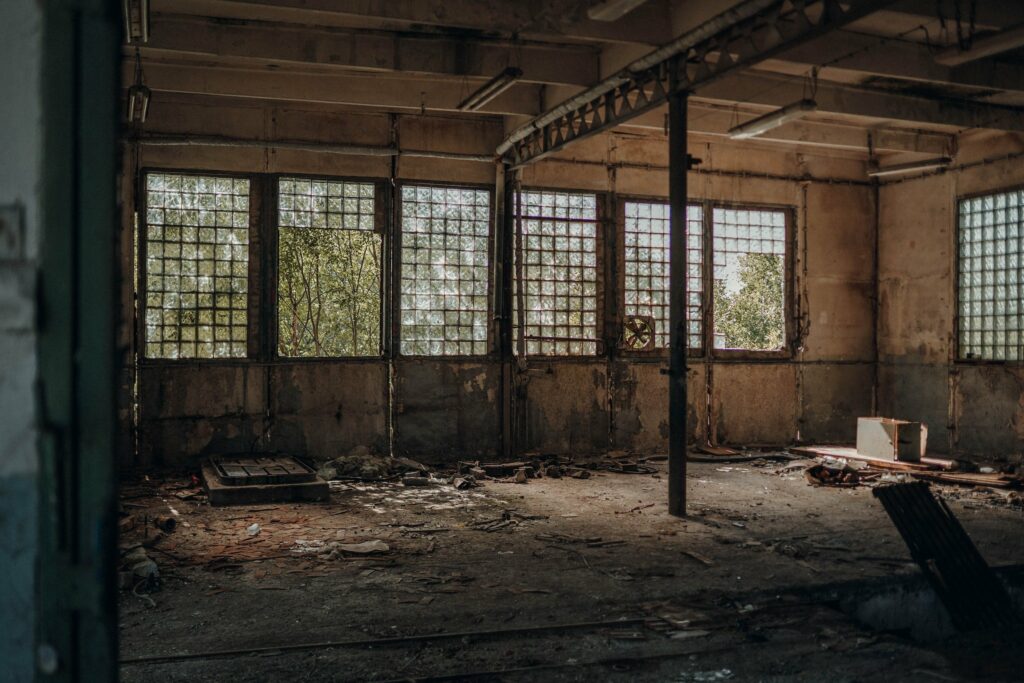
Selective demolition is a great way to reduce the cost and speed up the process of a construction project. It involves taking down only certain parts of an existing structure while leaving others intact, ensuring that less damage is done to the overall building or property. This method can be beneficial in various ways, and it’s important to understand what these are before deciding if selective demolition is the right choice for your project. Keep reading to find out more about what the benefits of selective demolition so that we can help you with the decision making process.
WHAT IS SELECTIVE DEMOLITION?
Selective demolition, sometimes referred to as targeted demolition, is the process of carefully dismantling certain parts of a building while leaving the other parts intact. This type of demolition offers many advantages over traditional methods of demolition which can be costly and time consuming, and there are lots of reasons to choose this method over some of the others.
SELECTIVE DEMOLITION REDUCES WASTE
One benefit of selective demolition is that it reduces waste. By selectively targeting only certain portions of a structure, it eliminates the need for hauling away large amounts of debris from the site. Additionally, selective demolition allows for more efficient reuse or recycling of materials that would otherwise go to waste in traditional demolitions because the process is executed more carefully. This helps reduce costs associated with landfill fees and new material purchases for reconstruction projects.
SELECTIVE DEMOLITION IS COST-EFFECTIVE
Another advantage offered by selective demolition is its cost-effectiveness. Because the work is done in a more precise manner, it is often less expensive than traditional demolition. This is because fewer materials are needed for the job and the labor time required can be drastically reduced.
SELECTIVE DEMOLITION IS SAFER
Selective demolition also offers greater safety to workers and those in close proximity to the site. By providing access to particular sections of a structure without risking structural integrity, it ensures that hazardous areas are identified and addressed accordingly. Additionally, workers can avoid potential dangers associated with traditional demolitions such as airborne dust particles or weakened floors/ceilings.
SELECTIVE DEMOLITION CAN HELP PRESERVE PARTS OF BUILDINGS
Finally, selective demolition can be beneficial for preserving certain elements of a structure. This method can help maintain historical integrity by making sure that important parts of the building are left intact while still allowing for progress to be made on the project. This is especially important when doing work on things like heritage buildings where certain aspects of character would want to be preserved or may be more sensitive.
Overall, selective demolition provides an efficient, cost-effective way to completely transform a building while limiting environmental impact and ensuring safety standards are met. With its many advantages over traditional methods of demolition, selective demolition has become the preferred choice for many building projects.
Do you think selective demolition might be the best option for your next project? Give us a call today so we can discuss your plans and advise you on the most effective path forward!



